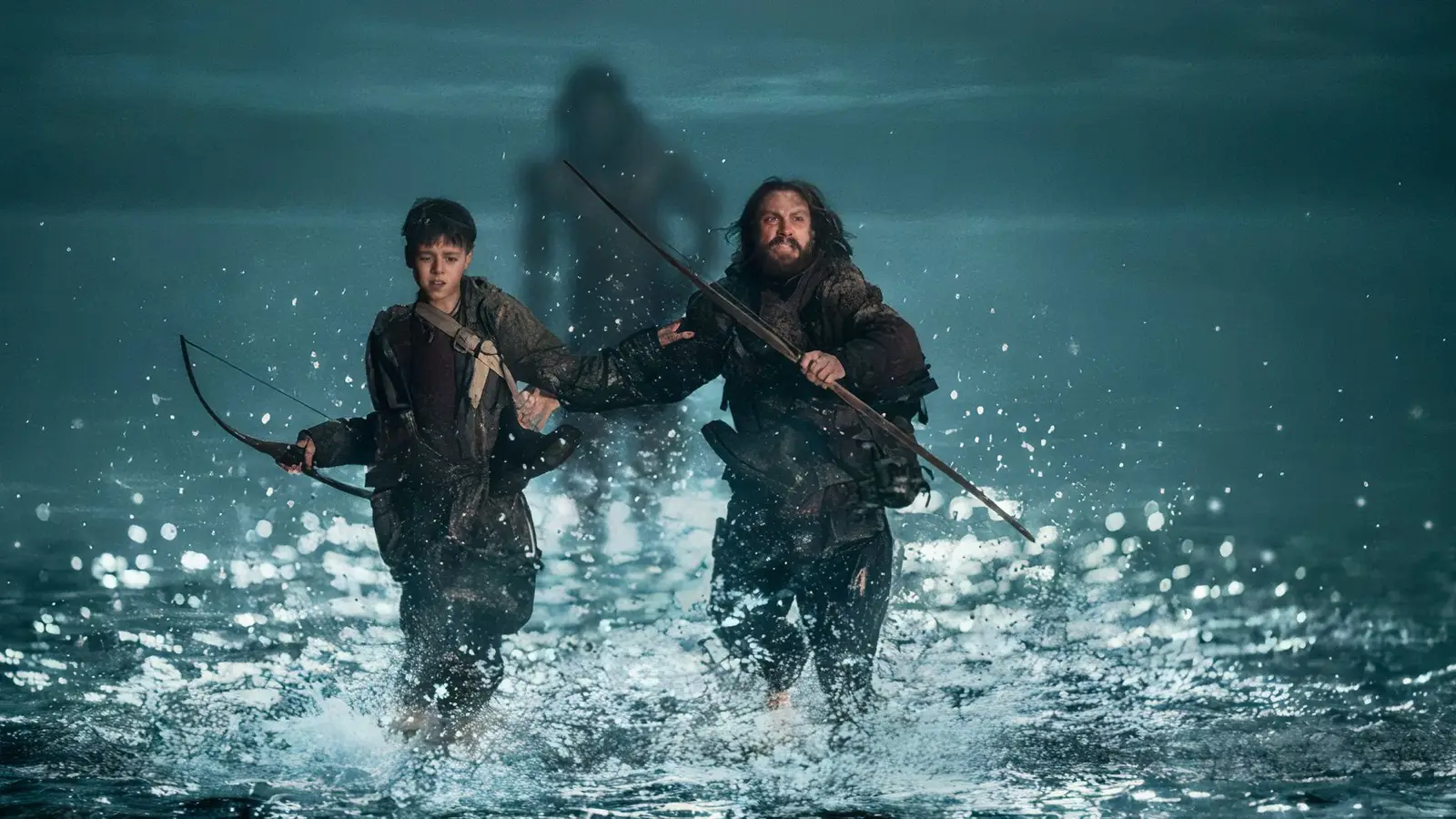
The following contains spoilers for 28 Years Later
28 Years Later does something with its post-apocalyptic world that plenty of zombie movies and shows have tried to achieve (and failed to match to this level). The long-awaited sequel to 28 Days Later and 28 Weeks Later, Danny Boyle and Alex Garland’s new entry in the series is a purposefully slow and introspective film.
While it may lack the action and horror of other entries in the zombie sub-genre (and yes, Rage Virus isn’t a zombie virus, but it’s close enough that they’re naturally paired together), 28 Years Later uses this to its advantage in its world-building. In fact, 28 Years Later might have one of cinema’s best ever post-apocalyptic worlds.
28 Years Later Explores A Genuine Post-Apocalyptic World
28 Years Later is a fascinating post-apocalyptic world, laying the perfect groundwork for the societal examination that these films often want to explore but don’t get the room and world-building to fully flesh out. In undead fiction, there are often two primary story directions: the chaos of the initial outbreak or the struggles of survival after the fact.
This franchise is no stranger to that, with 28 Days Later dealing with the fallout of a rampant Rage Virus and 28 Weeks Later focusing on the struggles to respond and restore society. 28 Years Later fully commits to the latter approach, though, imagining a UK that has become a much different place as a result of the Rage Virus.
Danny Boyle and Alex Garland’s film is largely focused on this aspect of the story, with Spike’s journeys to the mainland illustrating the eerie beauty and hidden dangers of a landscape where humanity isn’t the top dog. This plays a big part in the effectiveness of the film’s exploration of humanity, which is a common theme in the horror sub-genre.
What makes 28 Days Later stand out from other similar stories like Land of the Dead and The Walking Dead is the amount of thought and world-building that went into the creation of a Rage-ravaged Britain. Those stories are all rooted in restoring society to what it once was, leaning into the grimy horror of the situation above all else.
28 Years Later is a whole different world, with no concern about restoring life as it once was or finding an impossible cure for the virus. There’s a tranquility to it that can be suddenly ruined by an attack, but it retains its unique sense of natural calm in contrast to the innate movement and noise of humanity.
Compare the settlement Spike and his family live in to the rest of the outside world, and that point is clear. The movie even underscores this by briefly featuring a Swedish NATO soldier, whose modern touches and technology are practically alien to the more rustic and grounded Spike. It’s a fully new world, and it’s a great storytelling tool.
28 Years Later’s Grim World Is What Every Zombie Movie Wants
The world of 28 Years Later is a true post-apocalyptic landscape in a way few other examples of the genre have ever achieved. Spike’s village has found its own form of normalcy, with none of the lingering dread and horror that often defines survivors in these kinds of settings. They’re just people who’ve adapted to their horrifying world.
The result is pockets of society with their own internal beliefs, each with its own thematic importance. The chaotic group led by Jimmy has a different view of the world from the settlers of Spike’s village, and neither matches the bittersweet remembrance of Kelson’s memorials, rooted not in restoring past glories and paying tribute to life.
The empty landscapes and decrepit remains of the world are quietly beautiful. This adds to the film’s sense of desperation and exploration. Even films and shows that could find the serene beauty in the apocalypse (like I Am Legend, The Last of Us, and The Last Man on Earth) can’t match 28 Years Later’s vision of a new world.
It’s a truly new world, without any cause or concern pointed towards restoring it to what it was. This is the kind of zombie apocalypse landscape that so many films and shows set up but can never make feel real. There are always too many connections to the past, too many weapons or treasures or cures to uncover.
So many entries in this sub-genre focus on rebuilding the world that was lost and getting trapped in the past. By skipping ahead far enough for the world to fully change into something new, 28 Years Later creates a unique landscape. This makes it easier for the film to become meditative about the whole enterprise, playing into the film’s themes.
There’s no race to save humanity, because the world has moved on. The village isn’t in danger, because they’ve adapted. Spike gets to see the philosophies of the survivors instead of having to survive them, and the film ends with him becoming his own man not by earning his first kills, but by venturing out to learn.



